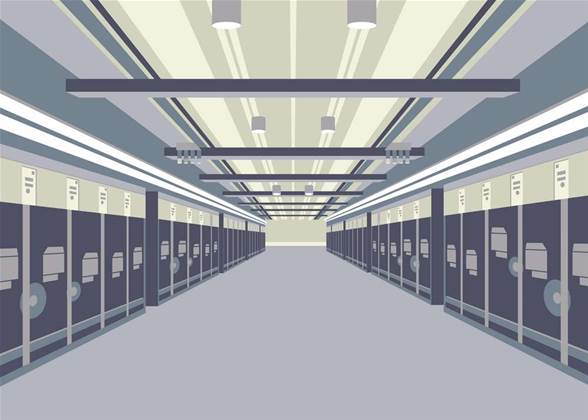Australia's Federal and State Government departments have joined forces to find a better measure for measuring the efficiency of data centres across Australia.

The NSW Department of Environment, Climate Change and Water (DECCW), which is acting as a clearing house for the Federal Department of Water, Heritage and the Arts (DWHA), released a tender on July 27, 2009 to augment existing building efficiency metrics system NABERS with a version specific to data centres.
NABERS (National Australian Built Environment Rating System) is a national initiative managed by DECCW.
It provides a performance-based rating system for existing buildings - rating a commercial office, hotel or residential building on the basis of its measured operational impacts on the environment.
The challenge set for the private sector is to provide governments with a new NABERS specifically for data centres.
Xergy - a company which originally developed the energy component of the existing NABERS system - won the tender on September 10, 2009, in partnership with sub-contractor Connection Research, a company that specialises in analysis of sustainability issues.
Connection Research has put together a Technical Advisory Group (TAG) to advise on the techniques and guidelines the winning bidders should follow to develop the appropriate metrics.
This group has developed a questionnaire for Connection to take to CIOs and other data centre managers before developing the metric.
The green dilemma
A recent study by IDC estimated that power consumption as a proportion of all IT expenditure would increase from 10 percent in 1995 to around 80 percent by 2020.
By implementing energy efficient practices, many buildings can save 20 to 40 percent on their energy bills and reduce the emission of greenhouse gases.
But the NABERS rating to date has not reflected the unique power consumption of the data centre.
Buildings that have otherwise had good NABERS ratings may have achieved a poor score because they have a data centre - notorious for power consumption - within their walls. Nothing in previous NABERS ratings took into account the fact that there's a data centre in the building.
It was therefore decided to develop a NABERS rating for buildings with data centres.
NABERS has four components - energy, waste, water and built environment. This particular tender was issued to specifically address the issue of energy.
NABERS Energy assists owners and tenants to reduce energy use, reduce energy costs and reduce greenhouse emissions. It benchmarks a building's greenhouse impact on a scale of one to five, one star being the most polluting and five stars the least.
"Any way you look at it, the cost of power as a proportion of IT costs has gone from being so minimal as to be marginal and not worried about to becoming one of the major line items in running a data centre," said Graeame Philipson, Research Director at Connection Research.
Where regular buildings have been rated under NABERS, the most widely-used power efficiency within data centres is power usage effectiveness (PUE).
PUE is a simple ratio of the total power going into the data centre and what proportion of that power is used by the IT equipment as opposed to the ancillary equipment, such as air conditioning, etc.
There are two schools of thought on PUE; one that says it's quite satisfactory and a second that says it's too blunt and unsophisticated.
Philipson says that many people around the world, including the Green Grid in the US, the British Computer Society and the Japanese Green IT Council, are working to come up with a better metric than PUE.
"It's a complicated problem. The average data centre has thousands of different devices that are consuming power, right down to the chip level. Similarly, with all the ancillary equipment, such as the computer room air conditioning, humidifiers, cooling systems, etc, how do you measure the power they are using and how do you measure it as a proportion of the total power?
"It means a lot of different metering systems and software systems", says Philipson. "The whole measuring process in data centres is very difficult because of the complexities involved. The technology of measuring and metering is becoming a lot more sophisticated and things are improving to the extent that most sophisticated data centres can get a pretty fair idea of what their PUE is, but there is no standard that defines how you measure your PUE.
"We survey CIOs on a regular basis and a year ago we found that 75 percent of them didn't even know what the power consumption of their data centre was. It was never measured. That's changing very quickly now as the bean counters realise how much power their IT consumes."

























